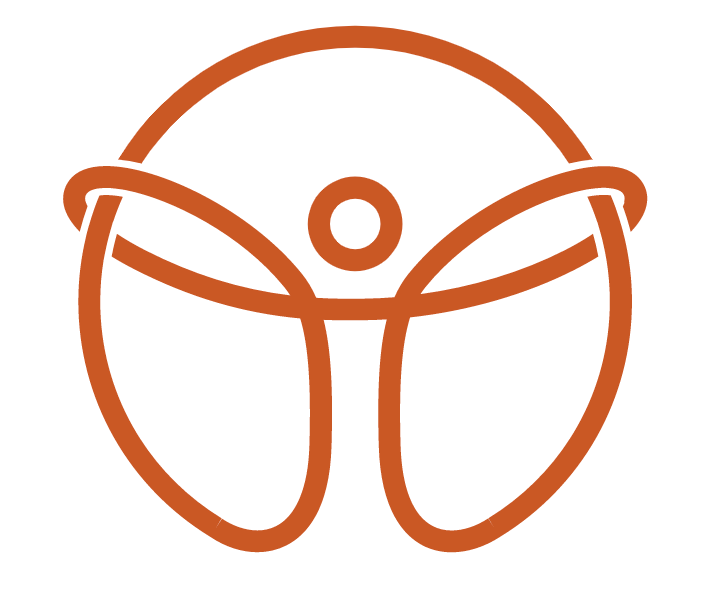Understanding Shin Splints: The Role of Key Muscles
Shin splints are a common issue for athletes and active individuals, often causing discomfort and hindering performance. While many associate shin splints with general pain along the shin bone, it’s essential to understand that the condition frequently involves specific muscles: the soleus, posterior tibialis, and flexor digitorum longus. This blog post delves into the role of these muscles in shin splints and discusses how chiropractic care can effectively manage and prevent this condition.
Key Muscles Involved in Shin Splints
Soleus:
Located beneath the gastrocnemius (the larger calf muscle), the soleus is crucial for maintaining posture and stability, especially during activities that involve prolonged standing or walking. Its role in plantar flexion (pointing the toes downward) is significant in activities like running and jumping.
Posterior Tibialis:
This muscle runs along the back of the tibia (shinbone) and helps support the arch of the foot. It is instrumental in controlling and stabilizing the foot during movement, making it a key player in activities that require balance and agility.
Flexor Digitorum Longus:
This muscle is located on the inner side of the lower leg and helps flex the toes. It also assists in maintaining balance and providing strength during toe-off phases in walking and running.
How These Muscles Contribute to Shin Splints
When the soleus, posterior tibialis, and flexor digitorum longus are overworked or improperly conditioned, they can become strained and inflamed, leading to pain along the shin. Factors such as improper footwear, sudden increases in activity intensity, and biomechanical imbalances can exacerbate these issues.
Chiropractic Management of Shin Splints
Chiropractic care offers a holistic approach to managing shin splints by addressing the root causes and providing targeted treatments. Here are key components of a chiropractic management plan for shin splints:
Comprehensive Assessment:
A thorough evaluation of the patient's biomechanics, posture, and movement patterns helps identify contributing factors to shin splints. This assessment may include gait analysis and muscle strength testing.
Manual Therapy:
Techniques such as myofascial release, deep tissue massage, and trigger point therapy can alleviate muscle tension and improve blood flow to the affected areas. These methods help reduce inflammation and promote healing.
Adjustments:
Chiropractic adjustments can help alleviate restrictions in the spine and lower extremities, enhancing overall biomechanics and reducing undue stress on the muscles involved in shin splints.
Corrective Exercises:
Specific exercises can strengthen the soleus, posterior tibialis, and flexor digitorum longus, improving their function and resilience. Here are three recommended exercises:
Dynamic Soleus Stretch:
Use a towel to elevate the toes of the affected side and bend the knee in a lunge position to get a calf stretch. Repeat this motion for 60 seconds.
Banded Inversion:
Use a resistance band to resist the inversion motion (turning the sole of the foot inward). Perform 3 sets of 20 reps.
Soleus Calf Raises:
Perform calf raises with bent knees to target the soleus. Do 3 sets of 20 reps.
Education and Prevention:
Educating patients on proper footwear, gradual progression in training intensity, and the importance of regular stretching and strengthening exercises helps prevent the recurrence of shin splints.
Conclusion
Shin splints can be a debilitating condition, but understanding the involvement of the soleus, posterior tibialis, and flexor digitorum longus muscles allows for targeted and effective management. Chiropractic care, with its holistic and multifaceted approach, offers a comprehensive solution to not only treat shin splints but also prevent future occurrences. By combining manual therapy, adjustments, corrective exercises, and patient education, chiropractors can help individuals return to their activities pain-free and stronger than ever.
If you’re struggling with shin splints or want to learn more about how chiropractic care can benefit you, don’t hesitate to reach out to us at MVMT STL. We’re here to support your journey to optimal health and performance.

